Whether you’re buying your first or five-hundredth bra, finding the right size can be a pain. Too tight, and you’ll face itchy straps and poking wires. Too loose, and you’ll have zero support and fabric bunching.
But when you find the goldilocks size? Everything falls into place.
If you struggle to find the perfect bra size, there’s a simple solution—taking your bra measurements. If it’s your first time holding the measuring tape, don’t worry. Our quick guide will cover how to measure your bra size for the optimal fit.
Say goodbye to shifting, squeezing, or scratching.
First, How Are Bra Sizes Measured?
You’ve probably seen the same bra size chart (38C, 34B, 38DD, etc.) across most lingerie stores and brands. But what do those labels actually mean?
While not standardized, bra size labels do indicate a specific range of inches. The labels are divided into two measurements:
- Band size (number) – a calculation based on your under-bust circumference
- Cup size (letter) – the volume of the bra cup
While most lingerie stores use these bra sizing labels, their measurements can widely vary. One store’s 36A bra can match another’s 34B. As a result, many women buy an ill-fitting bra that is technically “in their size.” That’s why understanding how to know your correct bra size is tricky, but key to support and comfort.
How to Determine Bra Size on Your Own
Many brick-and-mortar lingerie stores offer personal fittings. But if you’re shopping online for a new bra (or just want to know for yourself), taking your own measurements is the easiest way to determine how to know if a bra fits.
Before pulling out the measuring tape, you should prepare yourself for a proper fitting—otherwise, you could mark inaccurate numbers. Here are some tips for getting the right bra size:
- Use a flexible measuring tape
- Take off any upper-body clothes or undergarments
- Stand straight and relaxed
- Hold the measuring tape snug but comfortably on your body
- Measure with centimetres (SA bra sizes use this system)
Now, you’re ready to take your two bra measurements—band size and bust size.
#1: Band Size Measurement
Your band size uses the circumference underneath your bust (usually on one’s lower ribcage).

Start by wrapping the measuring tape firmly around the under-bust in a loop. Make sure the front and back sides of the tape are level. Then, note the number of inches on the tape. If between numbers, it’s best to round up.
Now, here’s the catch—that number is not your exact band size. If you get an even number, add four inches. If you get an odd number, add five inches. This calculation will give you your bra band size.
#2: Bust Size Measurement
Now, it’s time to determine the other half of your bra size—your bust measurement.
Begin with wrapping the measuring tape across your fullest bust area. The tape should lay flat on the skin and stay level around the body. Finally, round to the nearest whole number and then write down the inches so you don’t forget.
3: Calculate the Cup Size
How do you get a letter out of two numbers? To determine your lettered cup size, you’ll need to make a simple calculation with your band and bust measurements.
Start by subtracting your band size (#1) from your bust size (#2). Based on your result, you’ll likely end up with one of these cup sizes:
- Less than 1 inch – AA
- 1 inch – A
- 2 inches – B
- 3 inches – C
- 4 inches – D
- 5 inches – DD
- 6 inches – DDD/F
- 7 inches – G
For example, if you have a 38-inch calculated band size and a 40-inch bust size, you’ll end up with a 2-inch difference—meaning a B cup size. And if your result is larger than a G cup, no worries! Cup sizes can go much further down the alphabet.
#4: Putting It Together
So, you now have your calculated band size (#1) and your cup letter (#3). Put them side-by-side, and you have your bra size! While this label doesn’t guarantee a perfect fit, it’s a good direction to start with any bra purchase.
Signs You’re Wearing the Wrong Bra Size
Everything from unregulated sizing to body changes (pregnancy, weight fluctuations, etc.) can lead to wearing the wrong bra size. That’s why taking your measurements every six to twelve months can ensure a proper bra fitting.
If you’ve noticed any of these signs, it’s time to reassess your bra measurements:
- Skin marks (indents, redness, chafing, etc.)
- Back or shoulder pain
- Unlevel band
- Strap slippage
- Breast spillover
- Gapping at the gore (band section between the two cups)
- Cup wrinkling

Find the Perfect Fit With Boody
When people think of bras, “comfortable” is not usually the first word that comes to mind. But with your measurements, you can find a bra that actually supports, not strains, your body.
That’s why Boody creates sustainable bras with comfort in mind.
Our soft bamboo viscose fabric and versatile sizes are meant for all to enjoy—no matter your measurements. Have more questions like how to fold your underwear or how often should you change your bra? You’ve got questions, we’ve got answers.
About the author:
Daisy Hemmen
Sources:
- Real Simple. How to Measure Your Bra Size at Home. https://www.realsimple.com/beauty-fashion/clothing/shopping-guide/how-to-measure-bra-size
- Gillam, R., et al. How to Measure Your Bra Size at Home in 4 Simple Steps. https://www.womenshealthmag.com/uk/gym-wear/a700109/how-to-measure-bra-size/
- Schumacker, L. 7 Simple Clues That Your Bra Doesn't Fit Right. https://www.insider.com/does-my-bra-fit-me-2017-11
You may also like
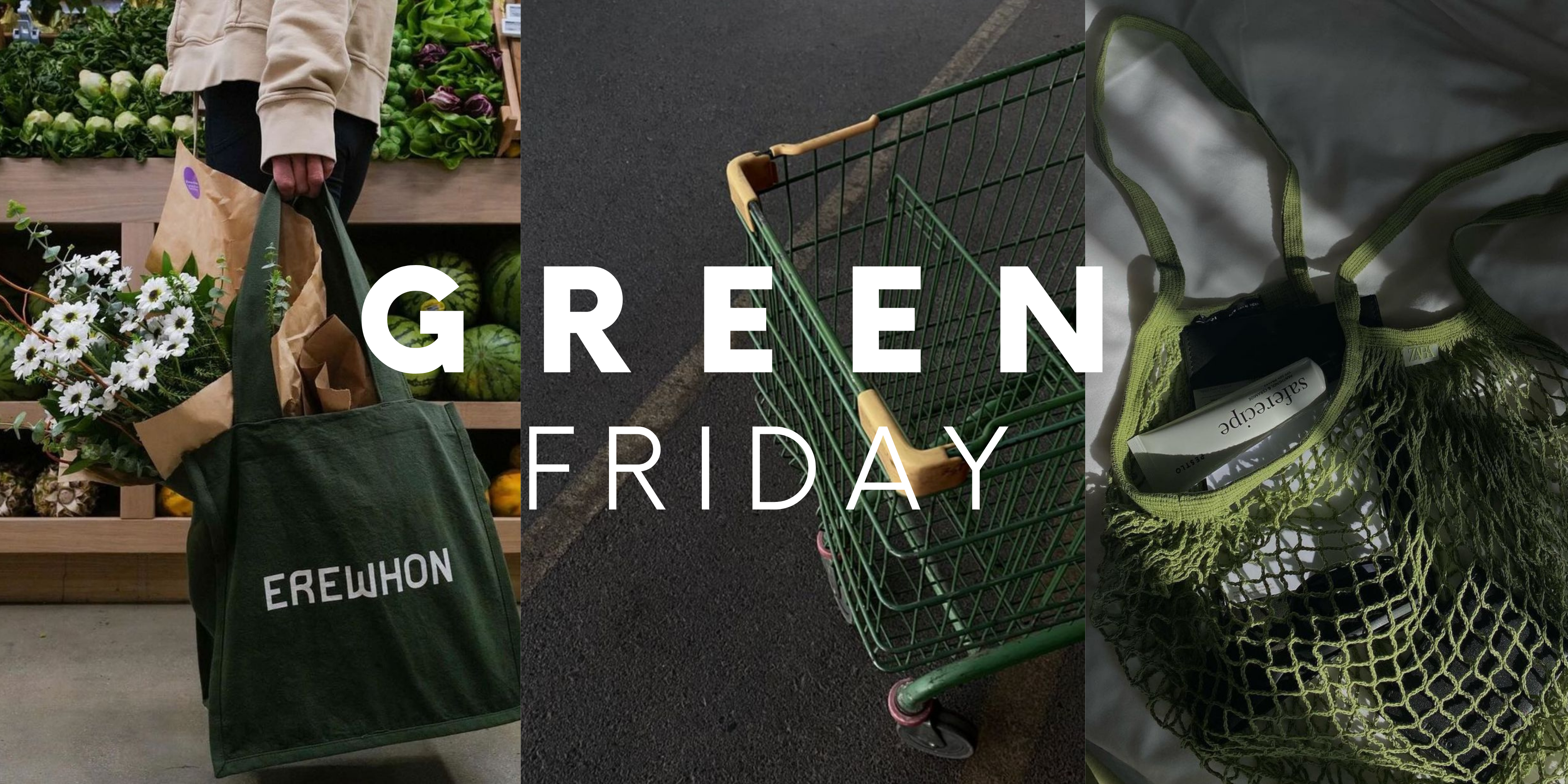
Black Friday is almost here - stores are getting ready, deals are dropping, and our inboxes are filling up fast. But at Boody we believe November shouldn’t just be about rushing to buy more. It’s a...
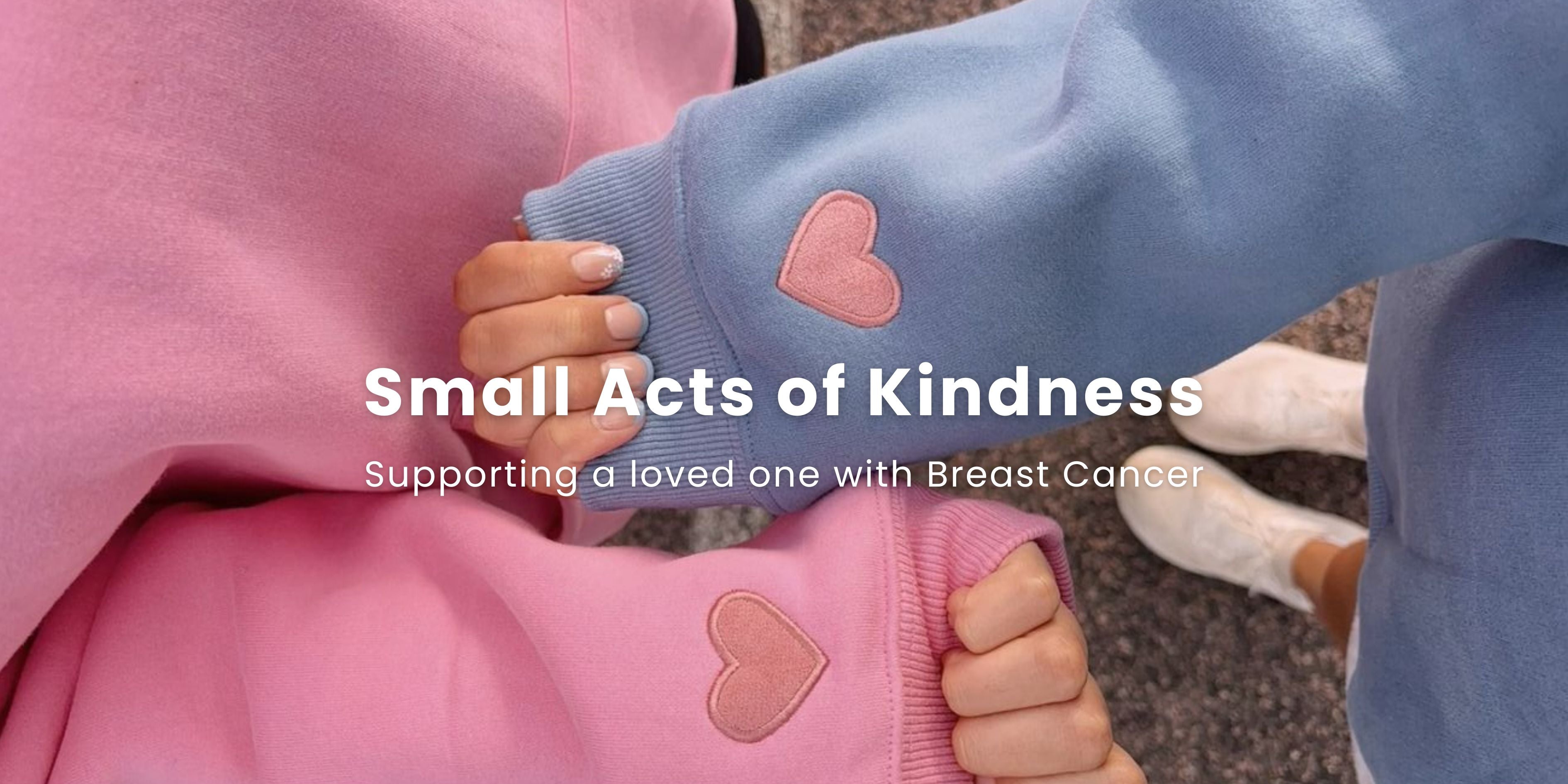
When a loved one is diagnosed with breast cancer, it can be hard to know what to do or say. You want to help, but the journey is so personal that it’s natural to feel unsure. The truth is support d...
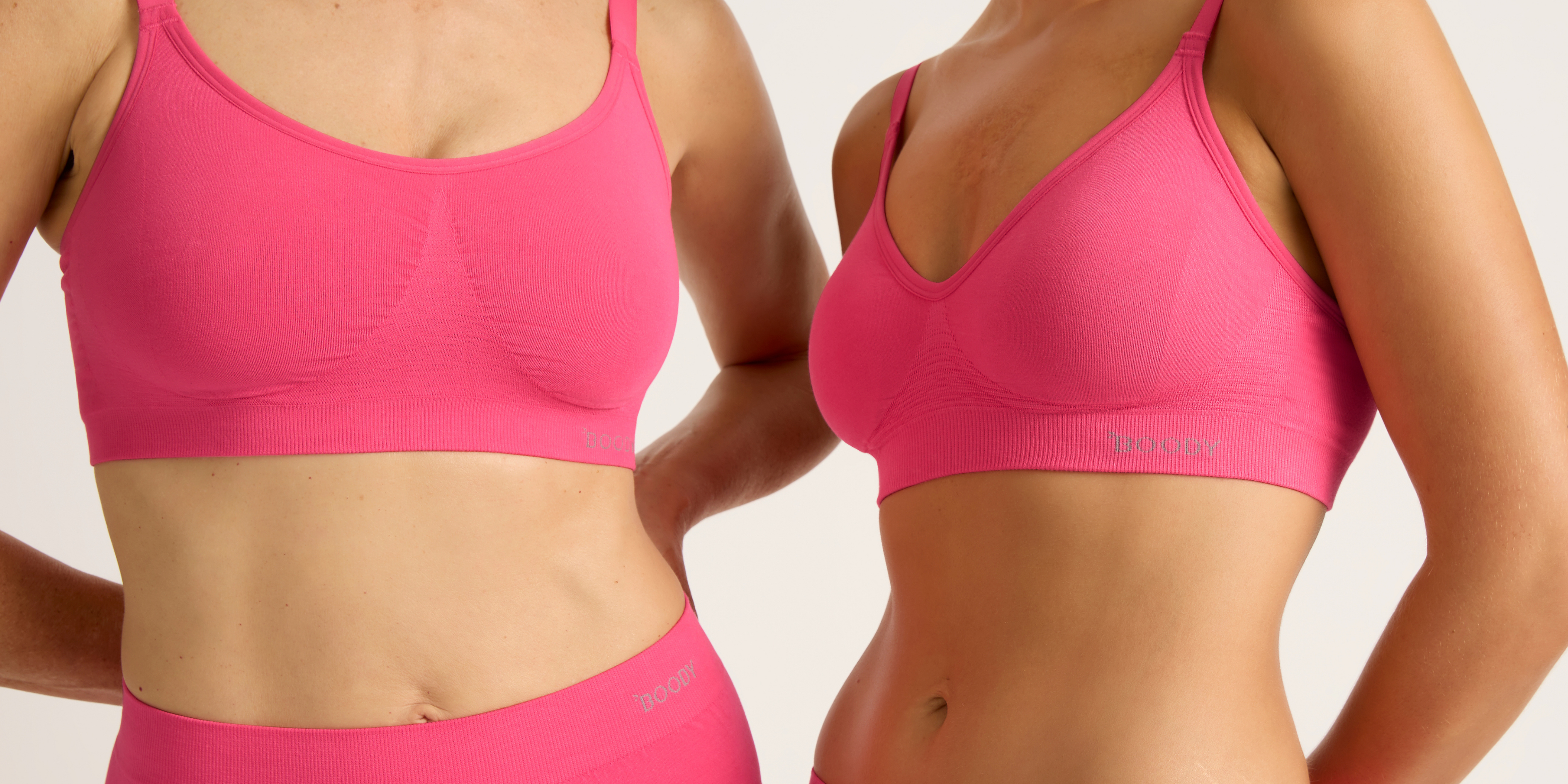
October is Breast Cancer Awareness Month When you think about breast cancer recovery, what comes to mind first? For many, it’s the treatments, the check-ups, or the support of loved ones. But...
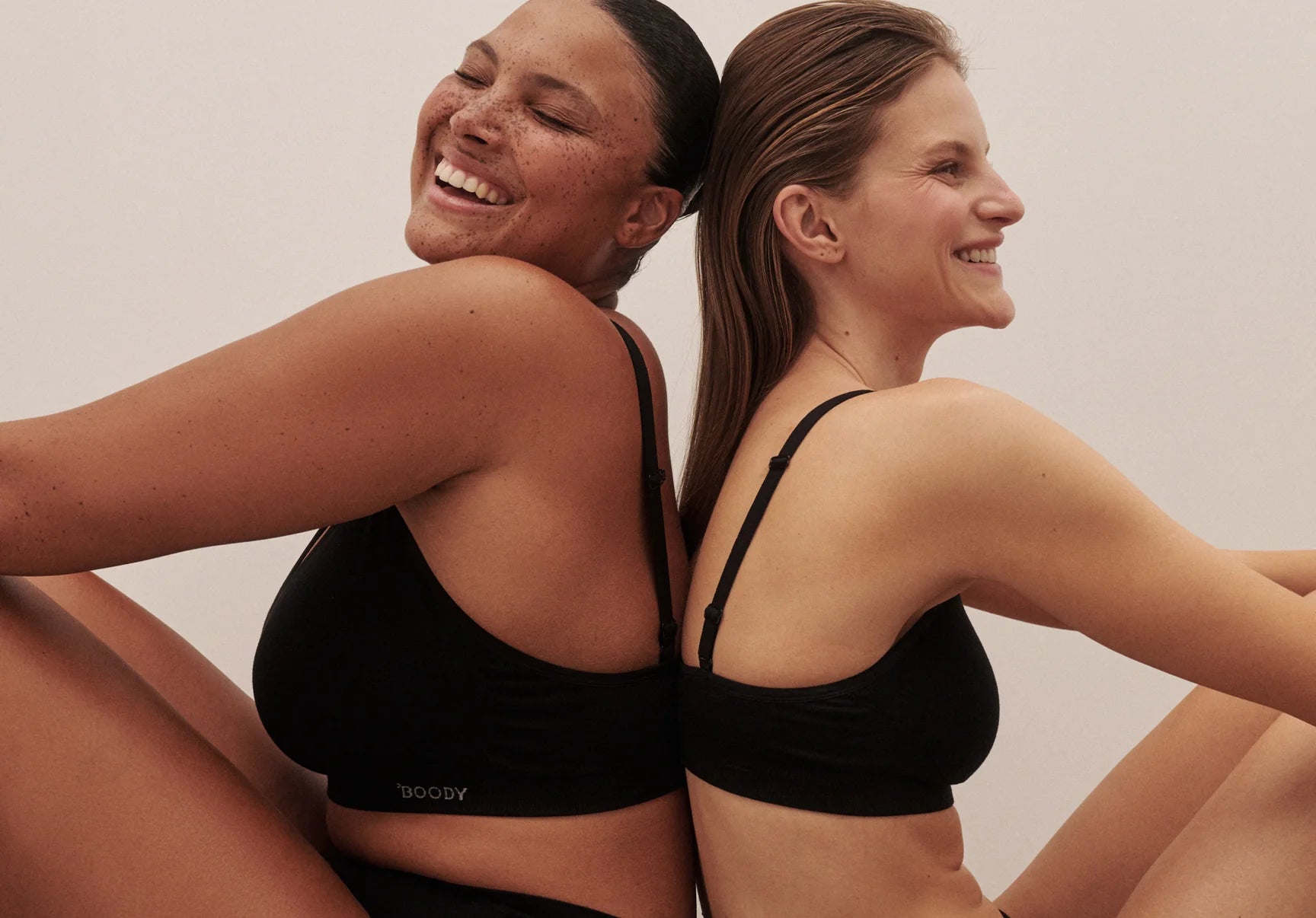
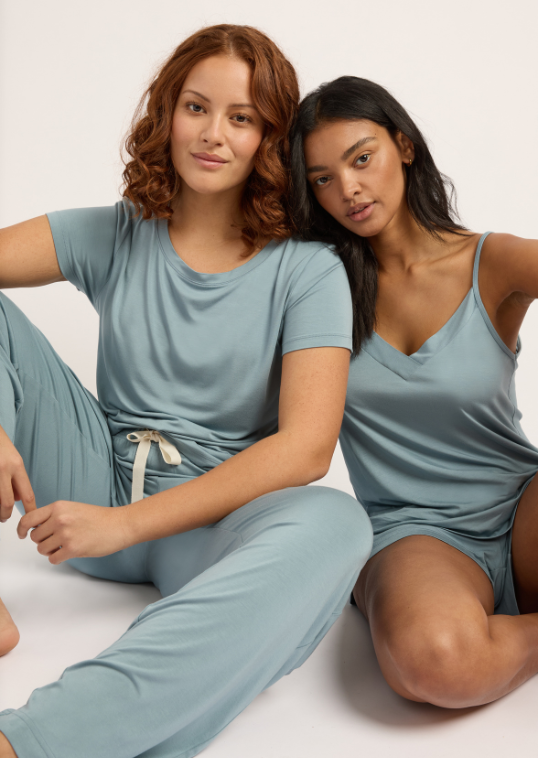
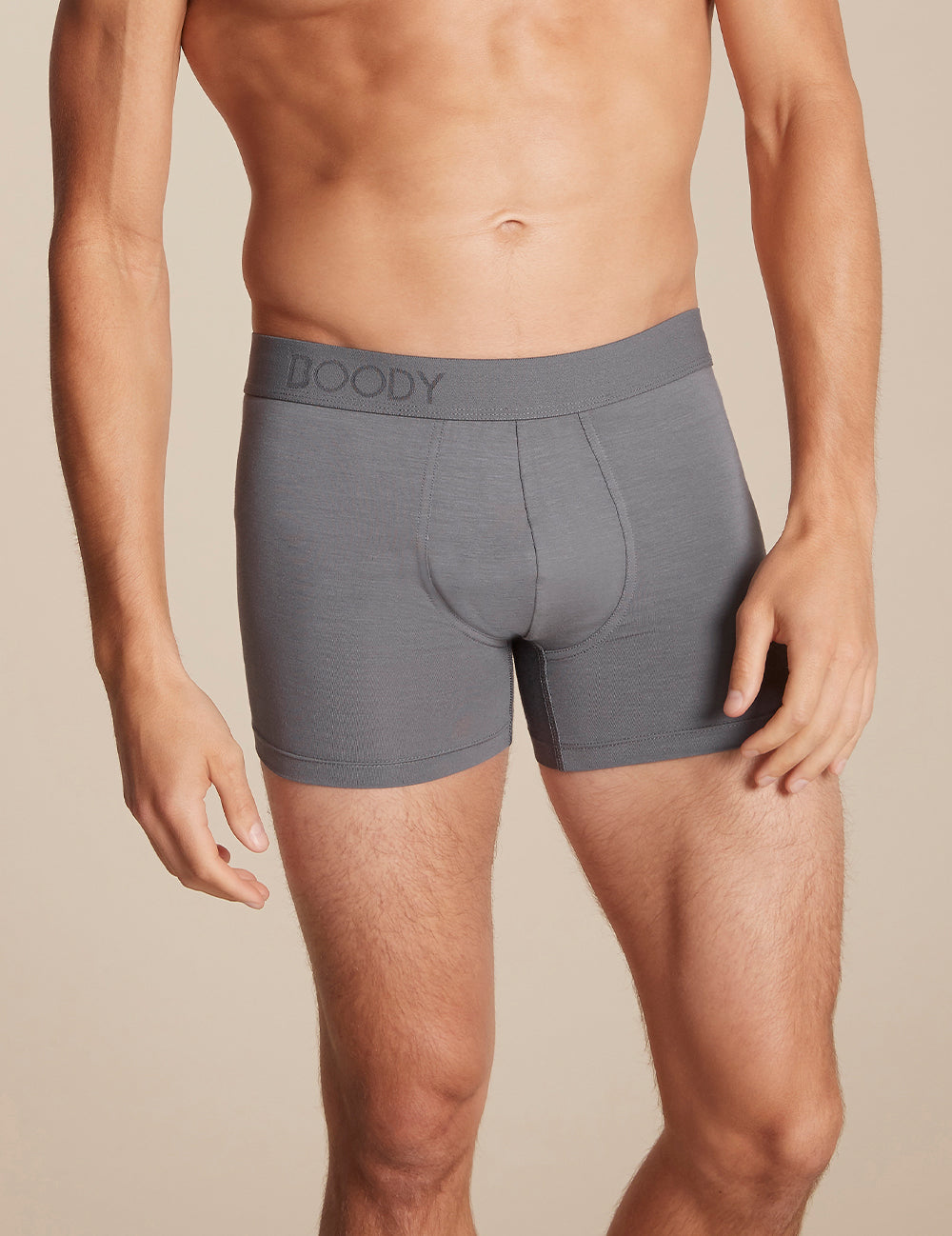
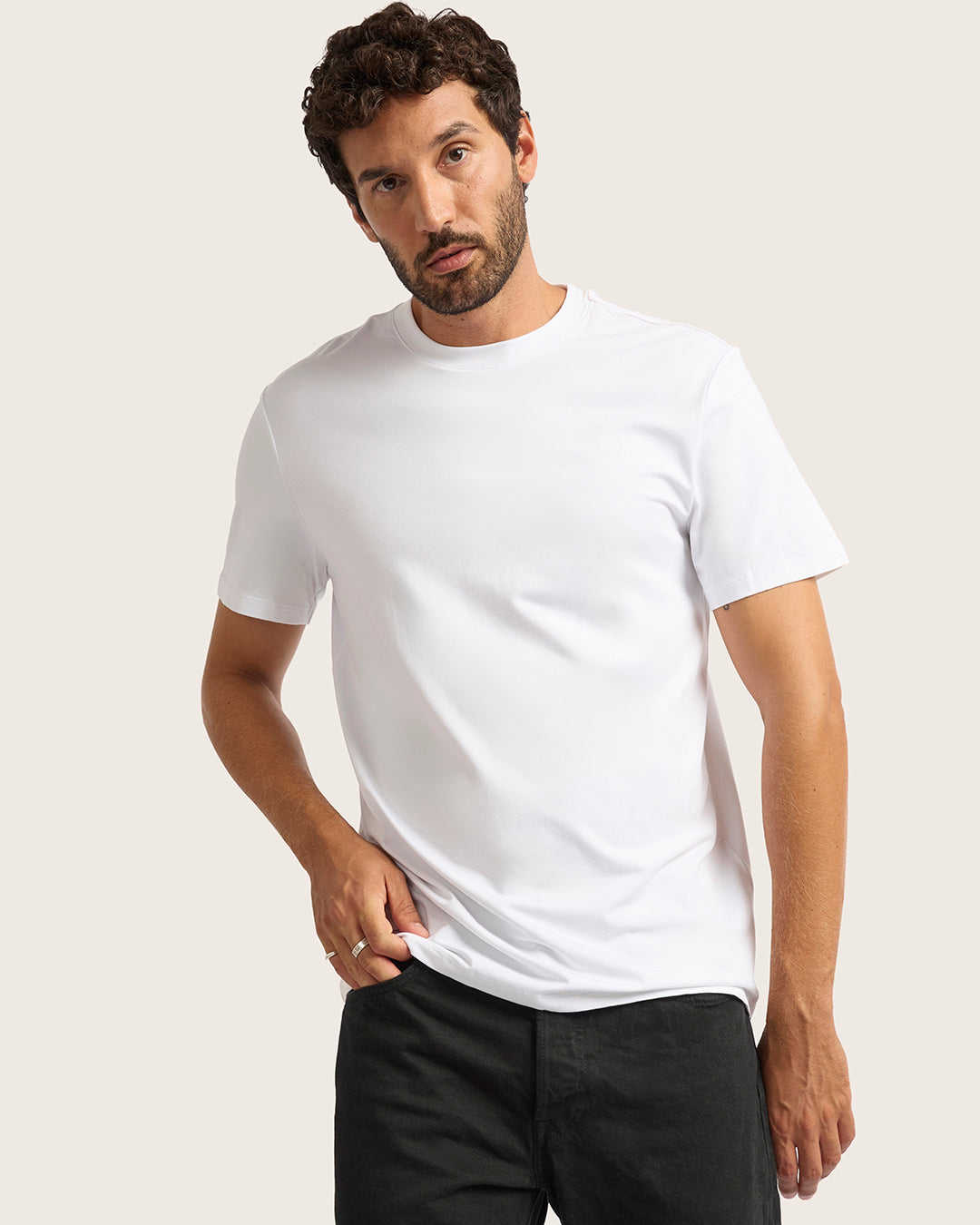
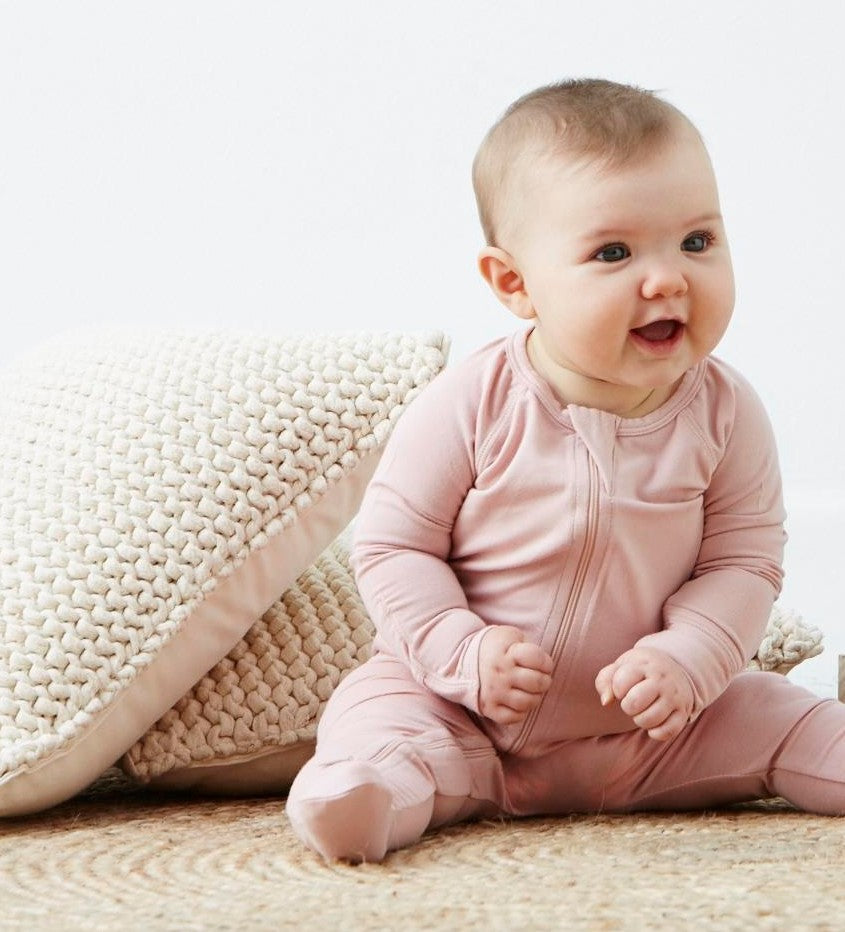

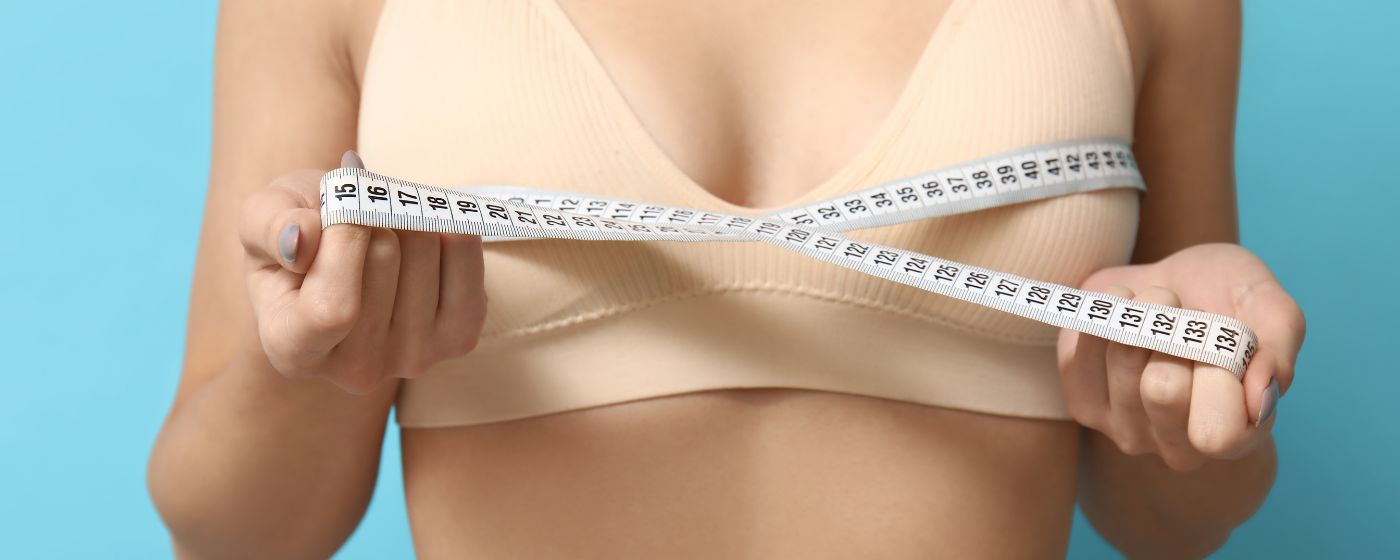

Leave a comment
All comments are moderated before being published.
This site is protected by hCaptcha and the hCaptcha Privacy Policy and Terms of Service apply.